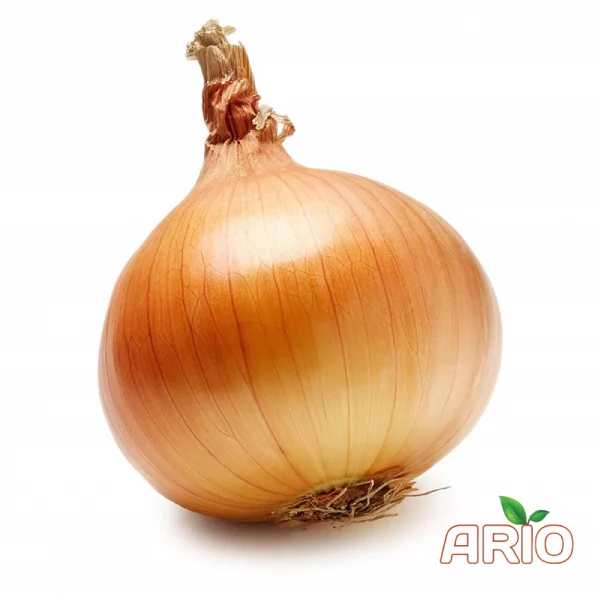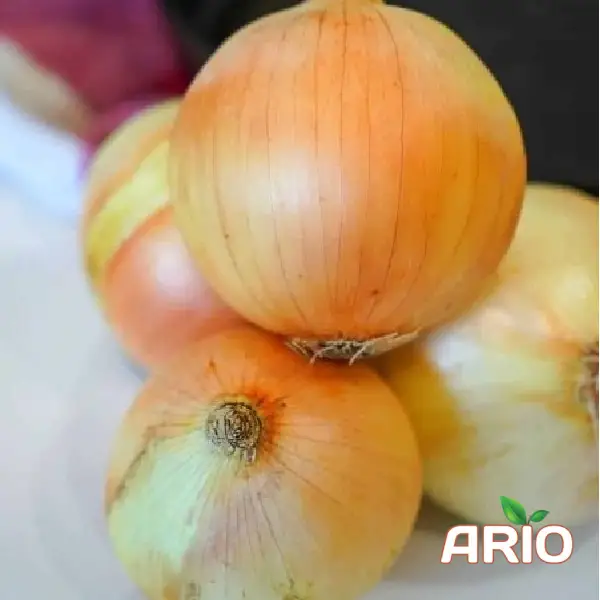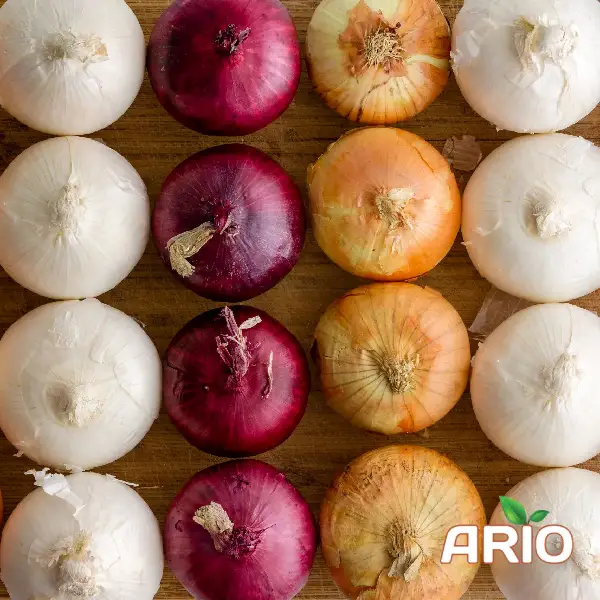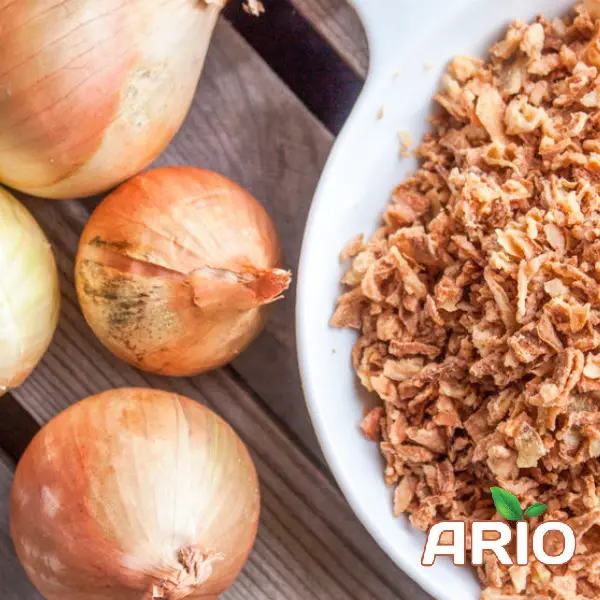
Fresh Onion
Fresh onions are one of the world’s most widely traded vegetables, fundamental to global cuisines and essential for food supply chains. But behind every crunchy bulb is a complex export system built on agricultural strength, pricing dynamics, and logistical precision. This guide walks you through everything from Iran’s onion export potential to choosing the right packaging for long-distance shipping. For wholesale buyers and importers, the value lies in informed decisions that maximize reliability and profit.
Iran’s Position in the Global Fresh Onion Market
Iran is among the top producers and exporters of fresh onions, cultivating over 2 million tons annually. The country benefits from favorable climate zones, particularly in Fars, Khorasan, and Khuzestan provinces. These regions ensure year-round harvesting and stable supply chains. Iranian onions are exported across the Middle East, Europe, and Asia, with competitive pricing and high adaptability to market demands.
With a growing international footprint, Iranian onions meet demand for both conventional and organic standards, making the country a strategic sourcing destination for importers.
Varieties of Fresh Onions Available for Export
Iran produces a broad range of onion types suited for different culinary and industrial uses:
1. Red Onions
Known for their vibrant color and mild sweetness, red onions are often preferred for salads, pickling, and fresh use. They store well and are visually appealing, increasing marketability.
2. Yellow Onions
These are the most widely used onions globally. They have a balanced flavor that intensifies when cooked. High in demand for bulk food services and processing.
3. White Onions
White onions offer a sharper flavor and are commonly used in Mexican, Indian, and Middle Eastern dishes. Their shorter shelf life is offset by rapid turnover in local and export markets.
Each variety can be offered in multiple sizes and grades, depending on buyer specifications and destination country requirements.

Understanding Quality Standards and Certifications
Fresh onion exports from Iran follow strict quality control measures. Onions are sorted based on size, firmness, and skin integrity. For international markets, producers adhere to:
- Global GAP certification
- ISO 9001 and ISO 22000 for food safety
- EU marketing standards for external quality and uniformity
Products are regularly inspected for residue levels, moisture content, and microbial load before packing, reducing risk for importers and ensuring product integrity.
Packaging and Shelf Life Considerations
Proper packaging is critical to preserving onion quality during transport. Suppliers in Iran typically offer:
1. Mesh Bags (5kg to 25kg)
Allows ventilation and reduces moisture accumulation, ideal for long-haul shipping.
2. Carton Boxes
Preferred for higher-end retail or where branding is necessary. Offers more protection but at a higher shipping cost.
Shelf life varies by onion type and storage conditions. Under controlled environments (0–5°C, 65–70% humidity), onions can remain viable for up to 3 months without significant quality loss.
Export and Import Procedures Simplified
Iranian exporters are familiar with global trade requirements, making the documentation process smoother for international buyers.
1. Required Documents
- Commercial invoice
- Packing list
- Phytosanitary certificate
- Certificate of origin
- Bill of lading or airway bill
2. Shipping Options
- Reefer containers for longer durations
- Dry containers with desiccants for medium-range distances
Transit time to destinations like the UAE or India is typically under a week, while European shipments may range from 10 to 20 days, depending on port congestion and customs processing.

Global Market Trends and Onion Pricing
The global demand for fresh onions is forecasted to grow at a CAGR of 5.1% through 2030 due to increasing consumption and urbanization. Iranian onions remain competitively priced, averaging $180 to $250 per metric ton FOB, depending on seasonality, variety, and volume.
Buyers are increasingly focused on stable sourcing regions with consistent supply, which further elevates Iran’s role in the market.
Why Choose Iran-Fruit.com for Your Onion Needs
Iran-Fruit.com connects wholesale buyers directly with certified Iranian growers and exporters. Here’s why it stands out:
- Direct factory and farm access with no intermediaries
- Transparent pricing and timely logistics support
- Customizable packaging and labeling for private-label exporters
- Multilingual customer service for global clients
For buyers seeking reliability and competitive edge, this platform offers a one-stop sourcing solution.
Ready to place a bulk order or request a quote? Visit iran-fruit or fill out the inquiry form to connect with certified suppliers and receive product catalogs and pricing.
Also Explore: Dried Onions for Industrial and Culinary Use
In addition to fresh onions, dried onions are a popular choice across the food industry for their long shelf life, reduced transport weight, and easy preparation. Sourced from high-quality Iranian crops, dried onions are available in sliced, granulated, and powdered forms—ideal for large-scale food production, spice blends, and ready-made meals. All products are processed and packaged to meet international quality standards.
👉 Learn more about dried onions

FAQ: Fresh Onion Import and Export
Most exporters require a minimum of one 20-foot container, typically holding 25–30 tons.
Grading is based on size (40–80 mm), skin quality, firmness, and absence of mold or decay.
Buyers usually require phytosanitary certification, certificate of origin, and quality reports.
With proper ventilation and temperature control, onions can last up to 90 days in transit.
Each listed supplier is pre-vetted and accompanied by certifications, client reviews, and export history.










